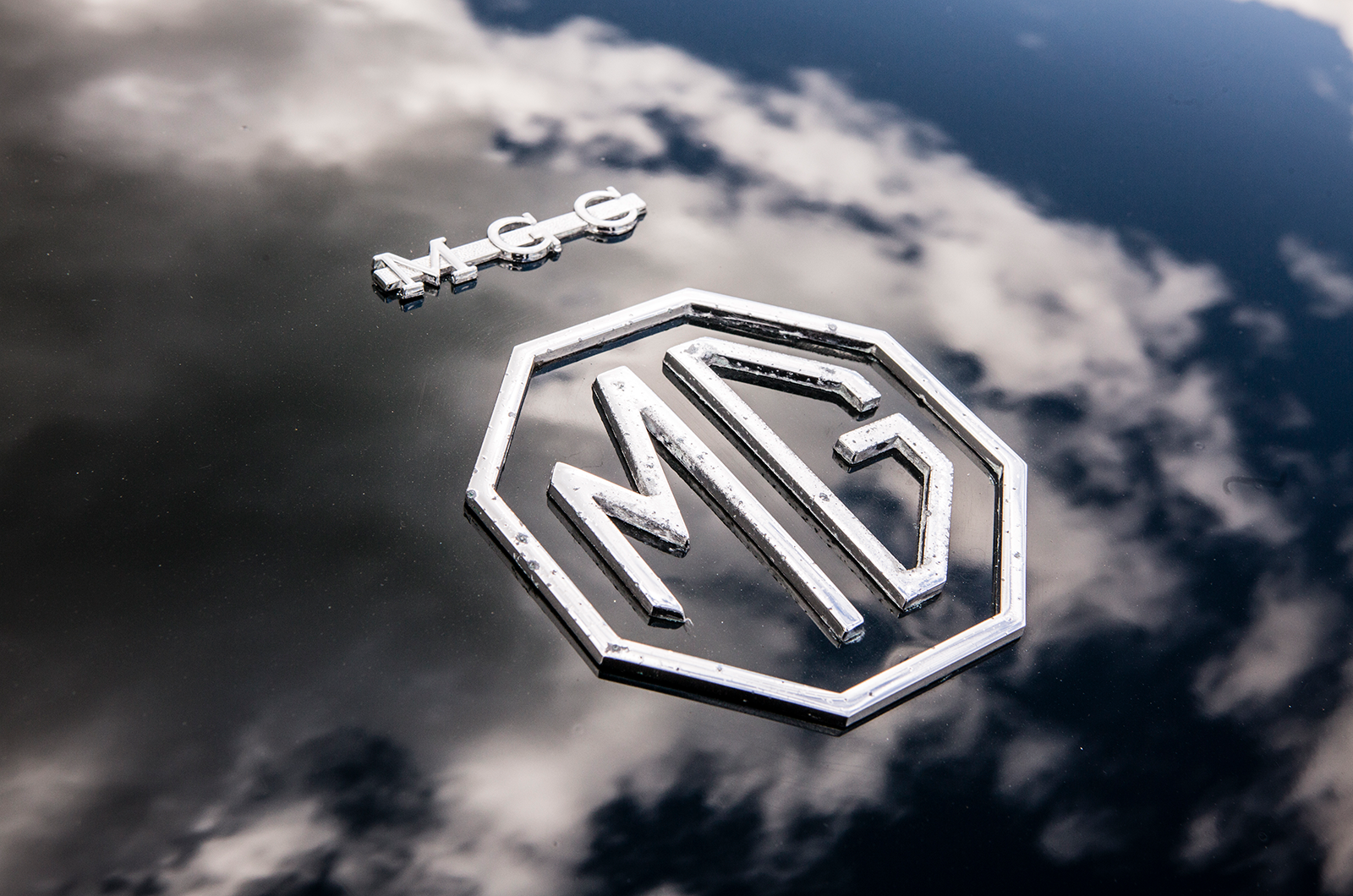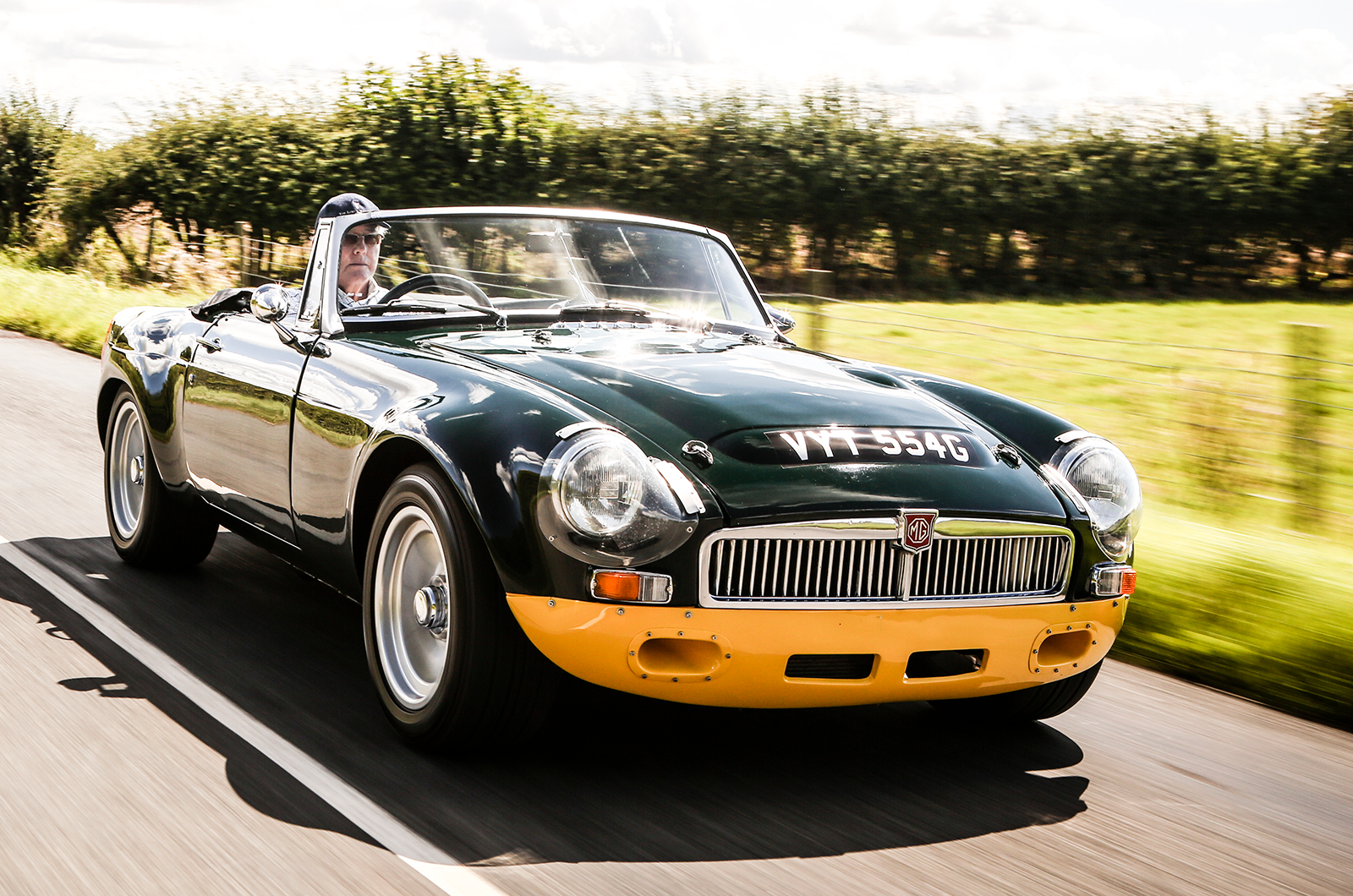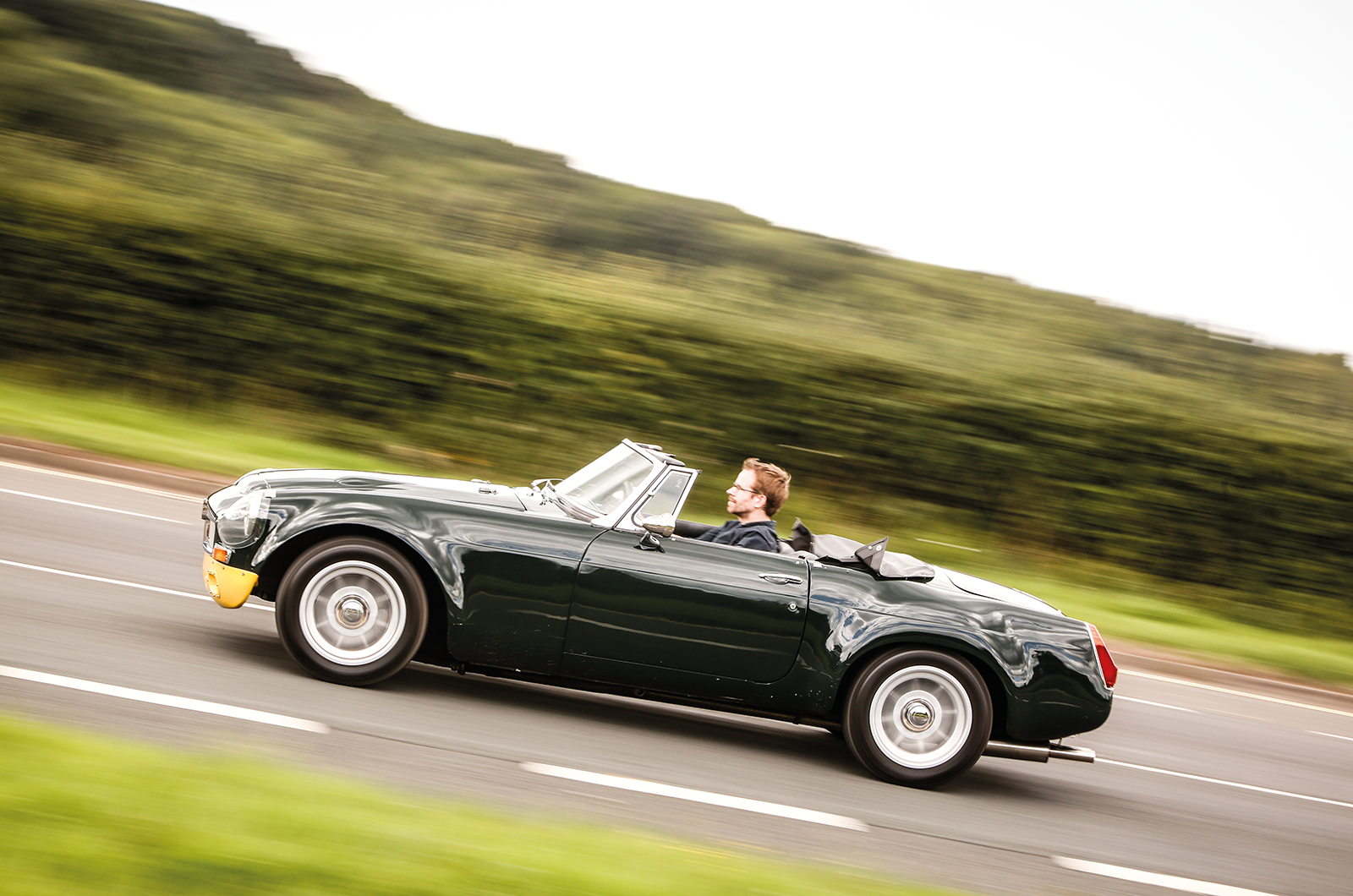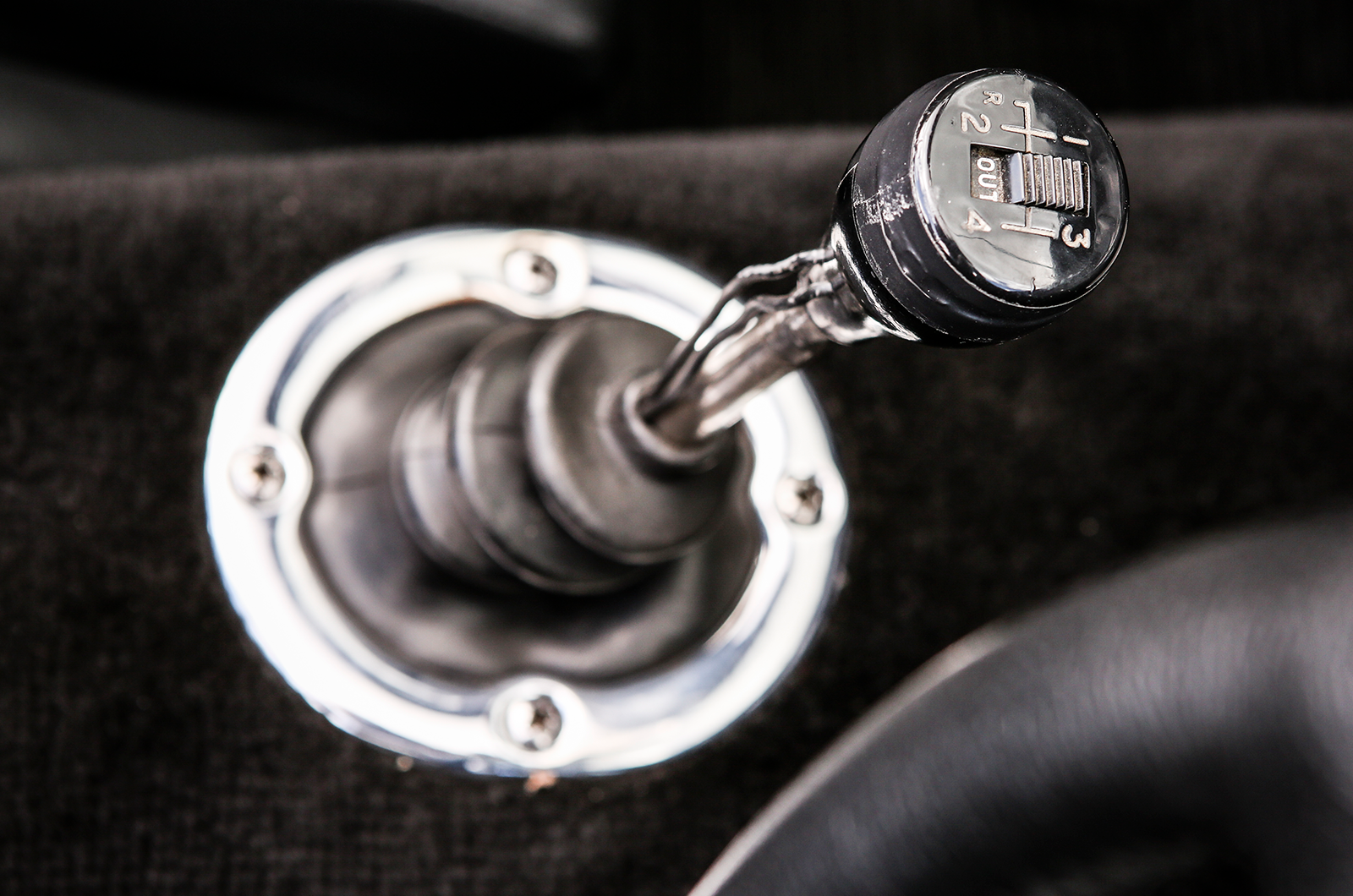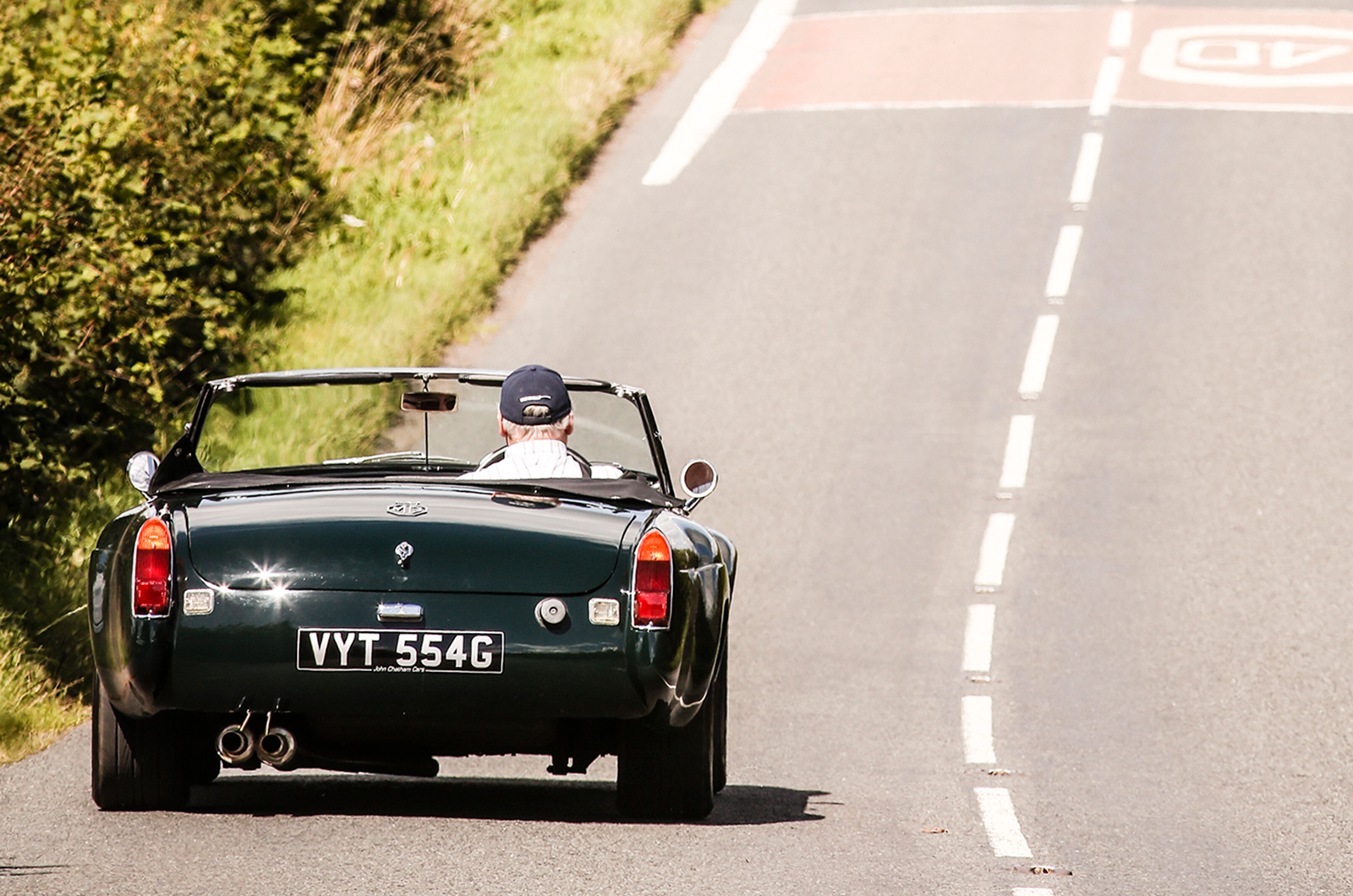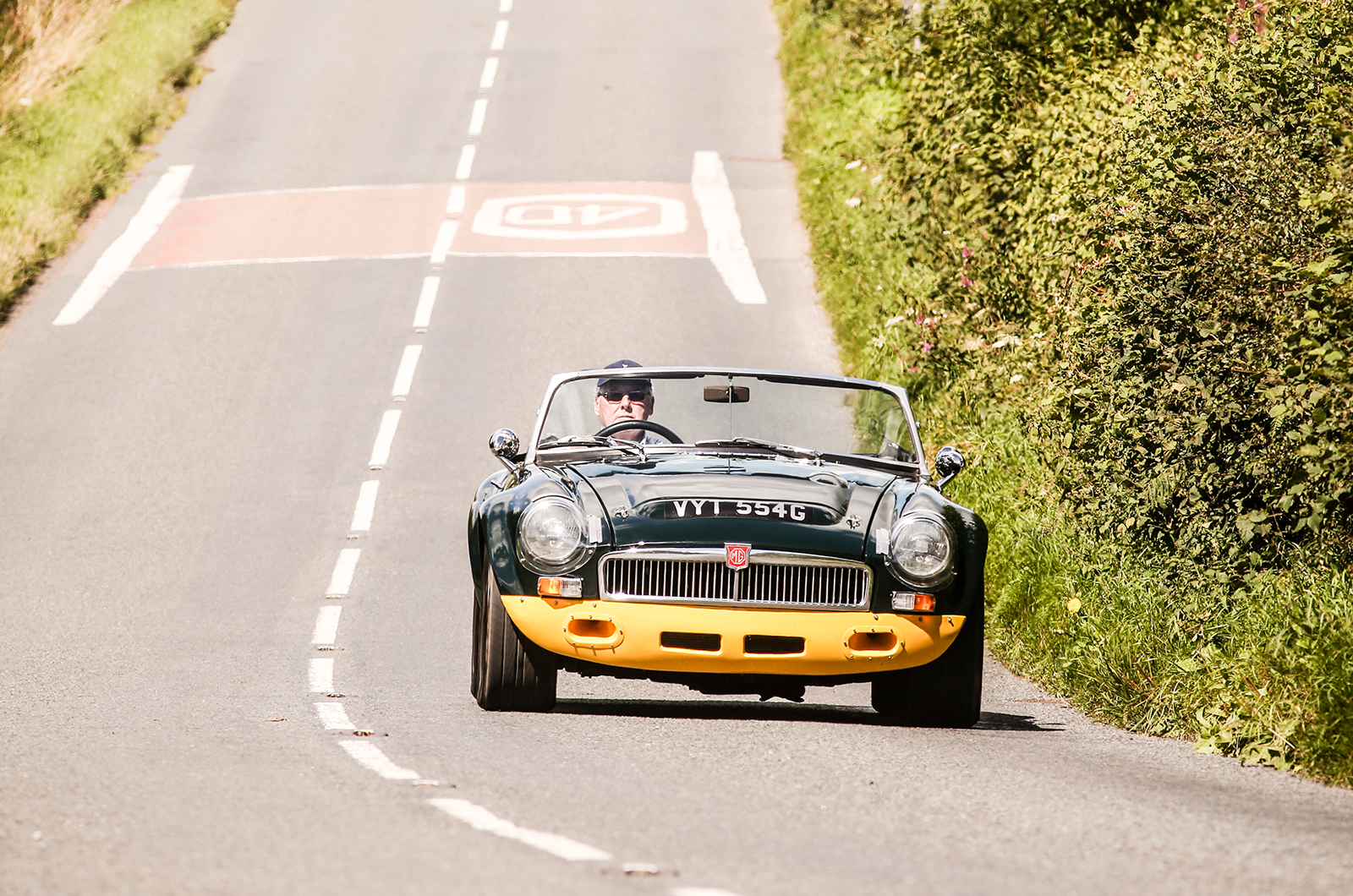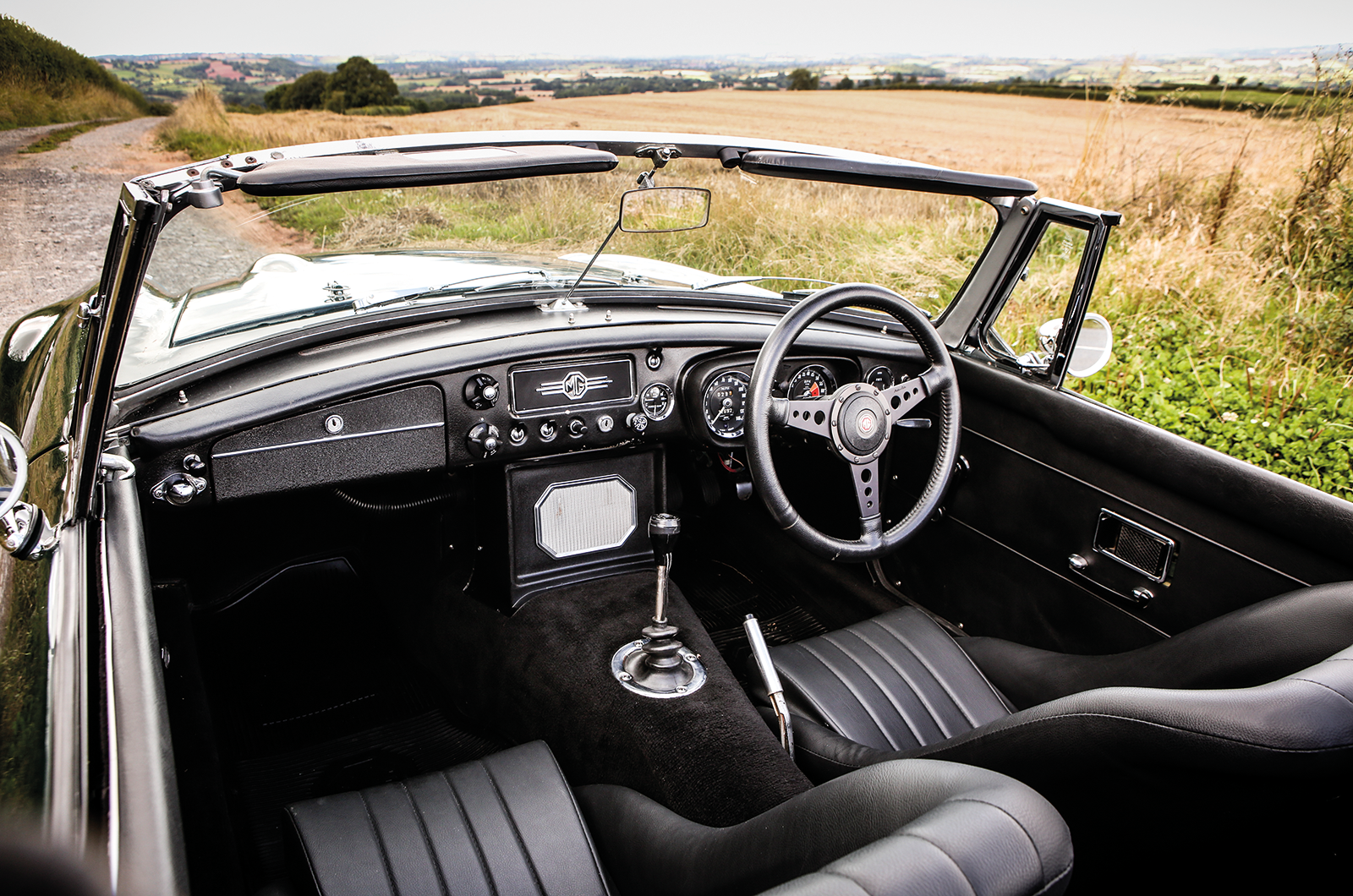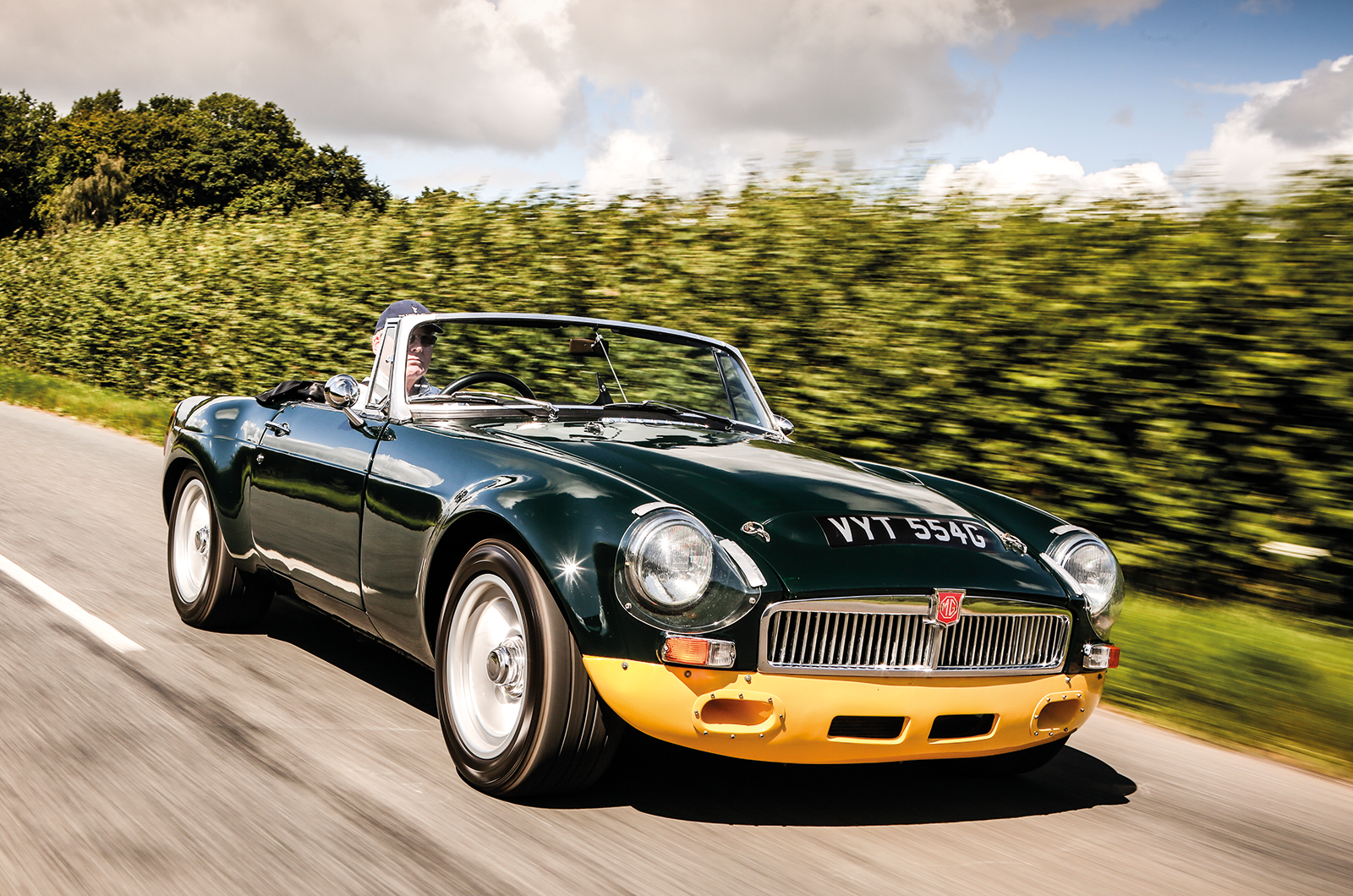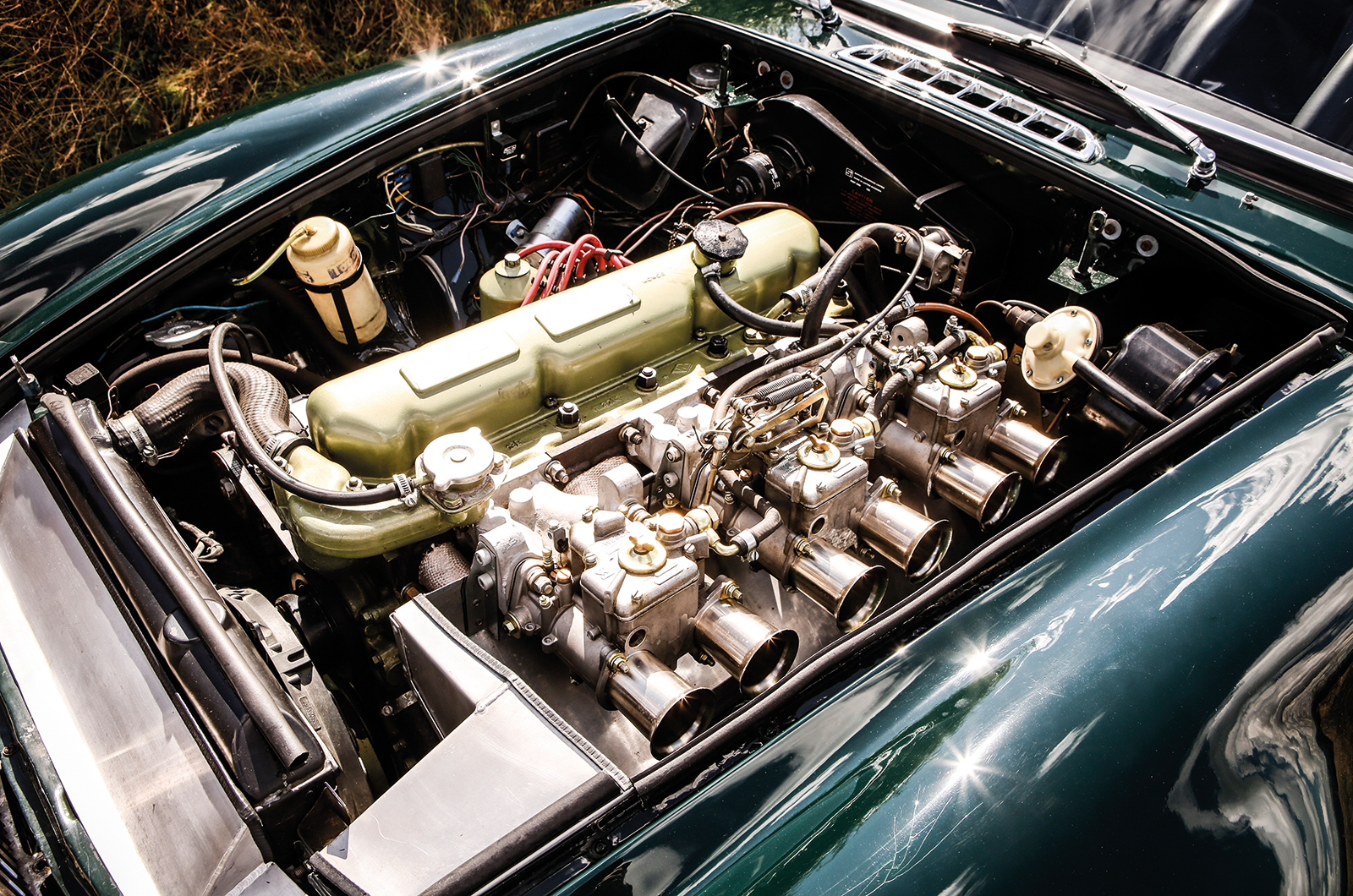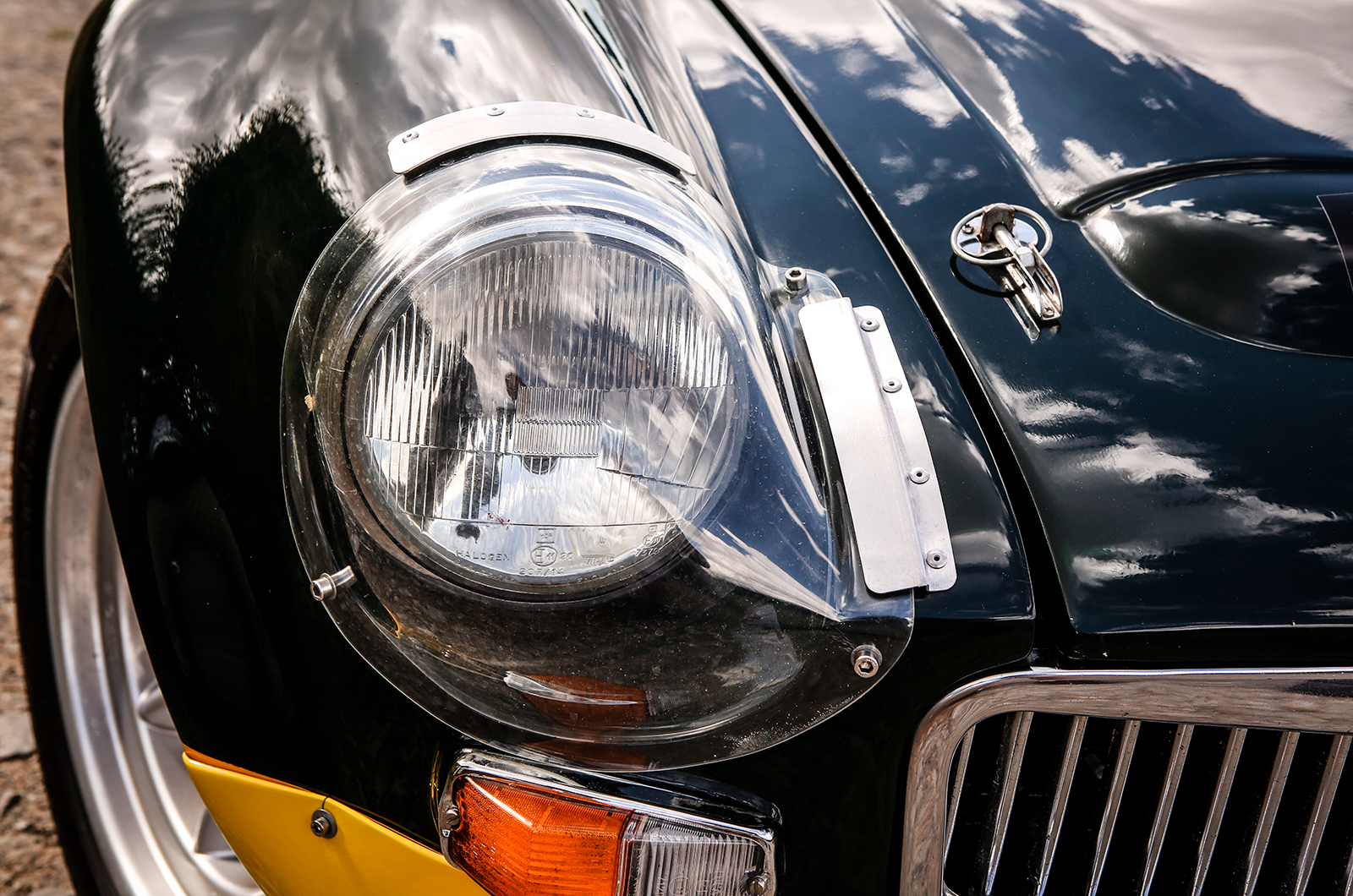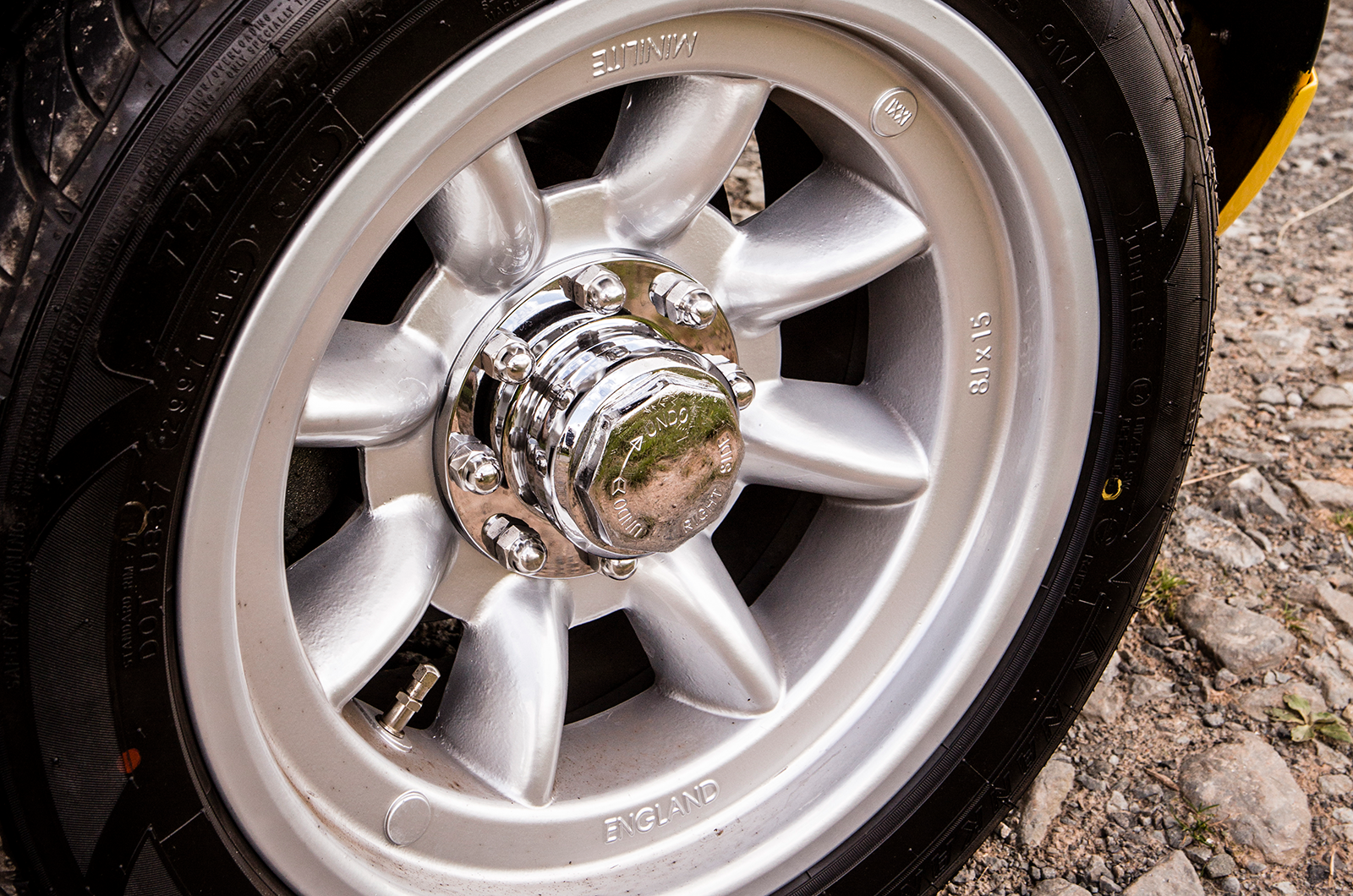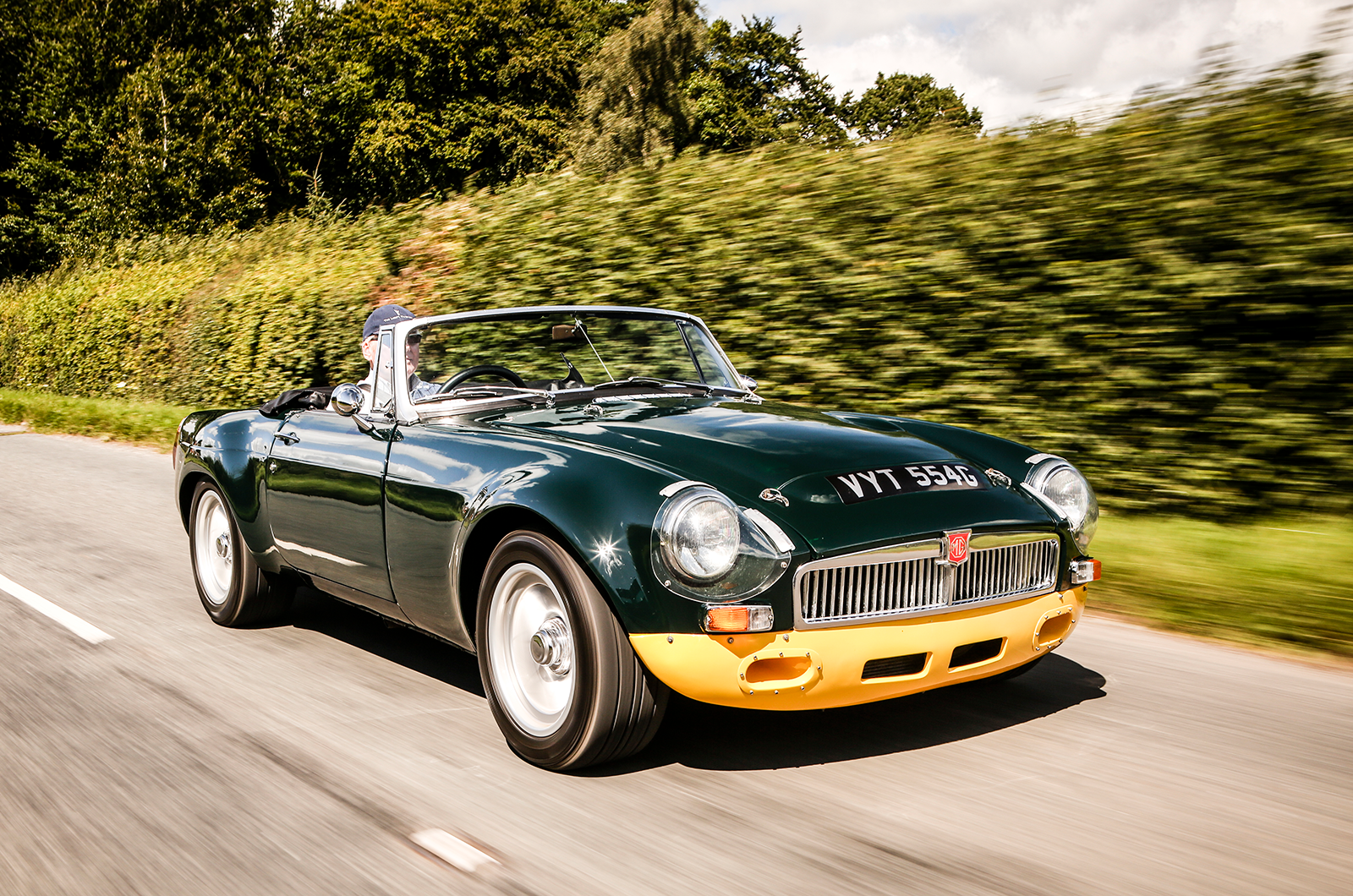
You can’t help feeling sorry for the poor old MGC. Has a car ever been so unfairly blighted by such a damning reception from the press?
‘Unloved’ is a word often associated with this octagon-badged six-cylinder, and when discussing the evolution of the B it’s all too tempting to briefly utter the words ‘understeer’ or ‘unwillingness to rev’ before swiftly moving on to the V8s.
But let’s remember that it wasn’t the C’s fault that it was – sort of – given the unenviable task of replacing the much-admired Big Healey in the BMC line-up.
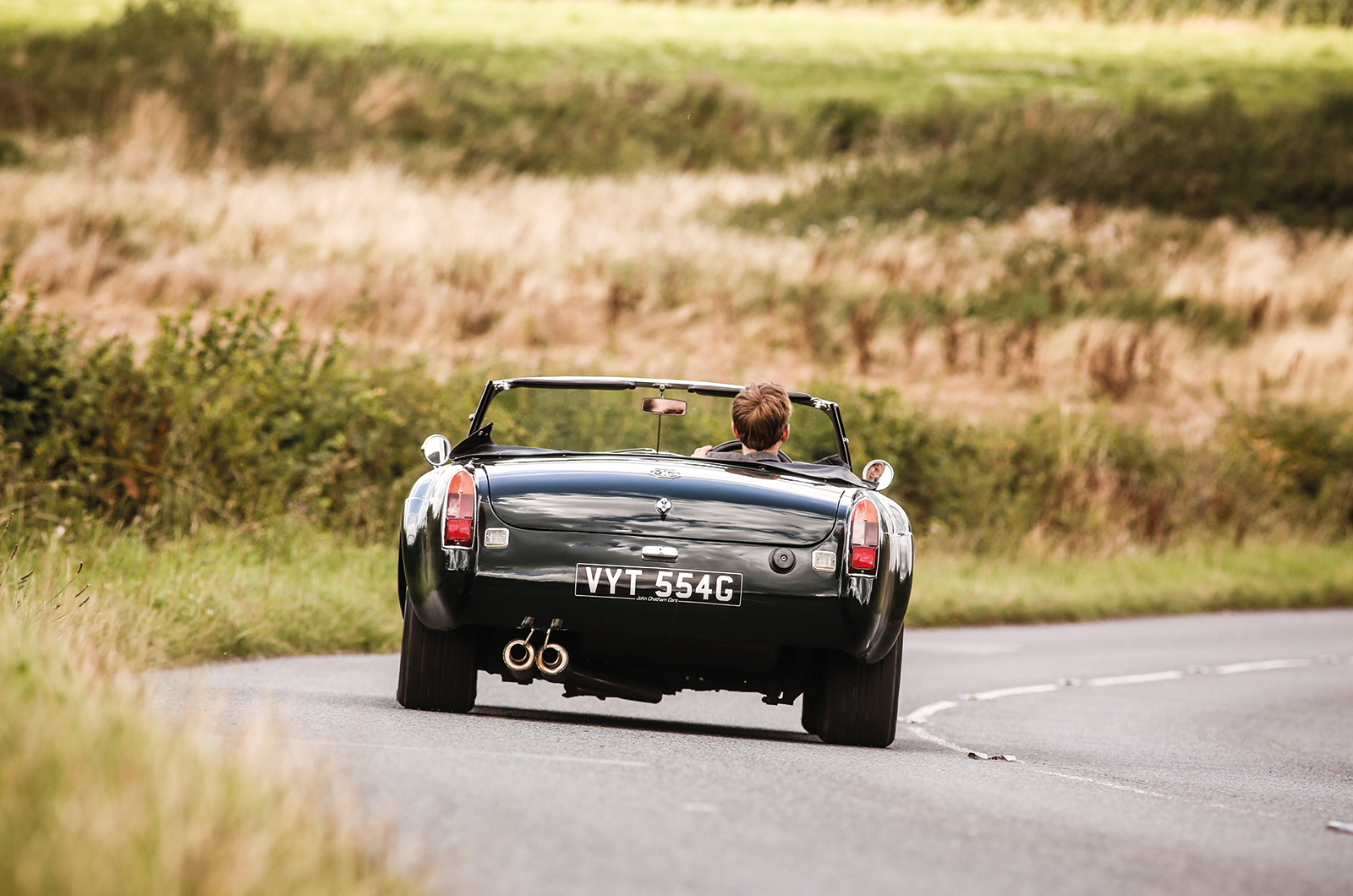
Or that it was lumbered with a compromised lump of iron beneath the bonnet.
It wasn’t the C’s fault either that, bonnet bulges and 15in wheels aside, it had the appearance of a bog-standard B, that it looked like a car that was “about to pop down the pub for a half of shandy” as a certain Mr Buckley once said. Above all, it wasn’t the C’s fault that, when it comes to reputations, mud sticks.
The MGC was far from being a bad car in the compact long-distance touring idiom.
Viewed as a rapid and relaxed six-cylinder version of the venerable B, this little GT was surely far more worthy of the badge than its four-cylinder fastback brethren.
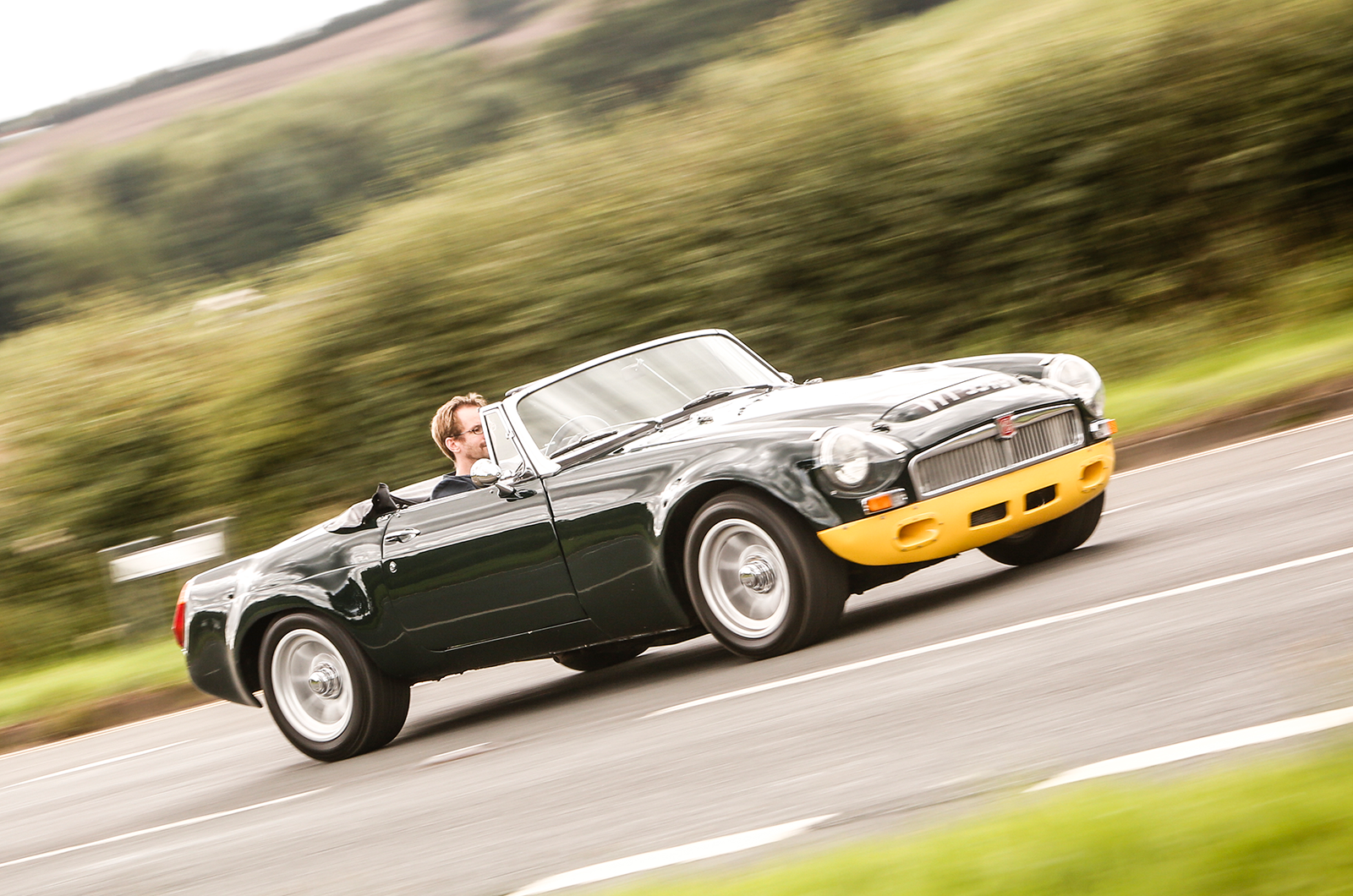
But for Healey fans, this should have been a rorty, snorty sports car with the ability to bloody the noses of its rivals. And therein lies the problem.

